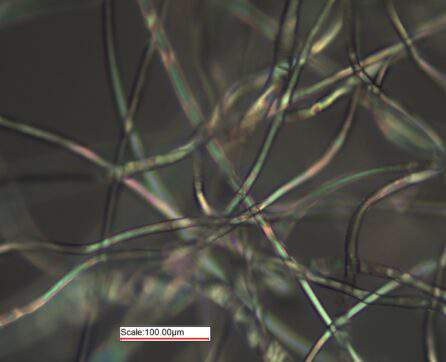Particle Technology provides the analysis of dust samples of various types and origins – from samples taken of bulk materials for general QC/QA purposes to samples taken during environmental monitoring activities.
We are even able to analyse individual particles of interest such as those contaminating or potentially causing failure of a system. Providing useful information on these particles and can be key to your root cause analysis by helping to identify potential sources and prevent future occurrence.

Finding out what something is can help you to understand it. Following Cleanliness Testing of components, determining the chemical composition of contaminants can help you pinpoint where in the manufacturing process they are being introduced and therefore help you to control and minimise the contamination. Analysis of indoor air pollutants in factories and other workplaces not only helps find the source of an issue but is vital in protecting staff from respiratory illness, reducing absences and maximising productivity and wellbeing.
There are several different methods and instruments used in Particle Identification…
Optical Microscopy uses visible light and a system of lenses to generate scaled images of particles. These images are used to assess a particulate sample’s characteristics – such as shape, size and colour. The images are recorded and added to a report.
Elemental Composition Analysis of a sample using X-Ray fluorescence (XRF) can be used to detect elements heavier than sodium and lighter than uranium on the periodic table (this excludes carbon and oxygen and so cannot be used to positively identify most organic materials). Using the versatile Horiba XGT-7000 X-Ray Analytical Microscope means that bulk samples can be analysed as well as individual particles down to 50microns on a membrane filter.

Particle Technology can also provide information on various other properties of your samples such as:
Want to know more? Please get in touch and let us help you by making particles count.